Are you obsessed with visually appealing design, great digital user experiences, and making people smile?
Most people think user experience (UX) design is about "pretty visuals" — but UX focuses on a user's overall experience when using a product. If this speaks to you, decide if studying UX design is for you!
What is user experience (UX) design?
UX design aims to create pleasant experiences for users, taking into account the physical product feel and ease of online checkout . 🎨👨💻💡
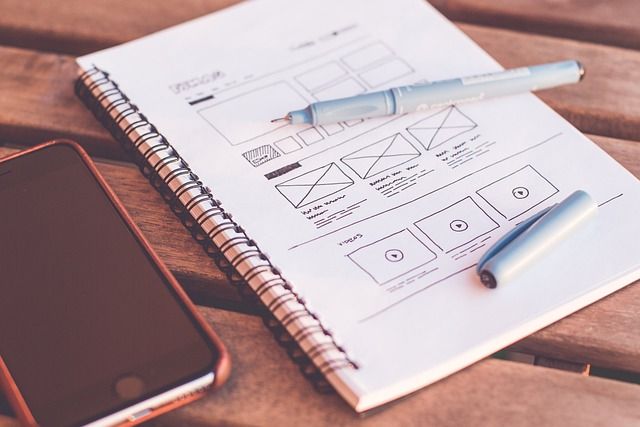 Image by Pexels from Pixaba.com
Image by Pexels from Pixaba.com
User experience encompasses all aspects of the end-user’s interaction with the company, its services, and its products.
— Don Norman and Jakob Nielsen
UX designers research, develop, and design to make things more user-friendly. They act as a bridge between customers and companies to ensure their needs and wants are met.
Check out this video for some insider's secrets on UX design. 👈
UX designer's responsibilities:
Understanding user needs 🧑🔬
Creating visual design concepts 🎨
Ensuring intuitive navigation 🧭
Facilitating seamless user interactions 🤝
Staying updated with industry trends 📈
Quiz
Imagine you're a UX designer working on a new app. Which tasks would be your responsibility? Select all that apply:
Where can you study user experience (UX) design?
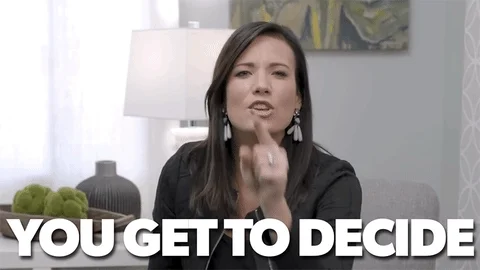
Traditional Degrees
You can study UX design through traditional degrees that teach theory and take 2-4 years to complete.
Try Purdue University, George Brown College, or MIT Media Lab.
Pros
Structured curriculum: Provides a comprehensive education.
Accreditation: Degrees are widely recognized and respected by employers.
Networking opportunities: A broad network of peers, professors, and industry connections.
Cons
High cost: Tuition and living expenses can be costly.
Time-consuming: Requires 2-4 years of full-time study.
Slow adaptation: Curricula may not align latest industry trends and technologies.
Bootcamps
Great for starting a UX design career quickly and ideal for full-time career changers. Some boot camps can be free, reasonable, or expensive.
Try UX Academy, Springboard’s UX Bootcamp, or Devmountain UX Bootcamp.
Pros
Industry-relevant curriculum: Designed with industry experts.
Cost-effective: More affordable than traditional schools.
Job placement support: Offer job placement, mentorship, resume building, and interview preparation.
Cons
Narrow focus: Focuses on specific skills.
High intensity: fast-paced and demanding.
Smaller network: Smaller class sizes may limit networking opportunities.
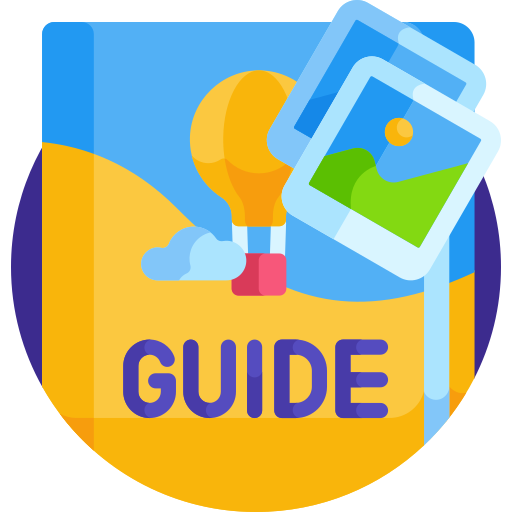
Self-Guided
Many online resources can teach you the basics of UX design through courses, apps, or videos.
Try Google UX, Free UX Tools, UX YouTube, and UX Books.
Pros
Maximum flexibility: Learn at your own pace.
Cost-effective: Many free or low-cost resources are available online.
Relevance: Access the latest tools, trends, and technology.
Cons
Limited Recognition: A lack of certification may be less attractive to employers.
Self-motivation required: Success depends on the learner staying motivated and disciplined.
Limited networking: Fewer opportunities for networking and mentorship.
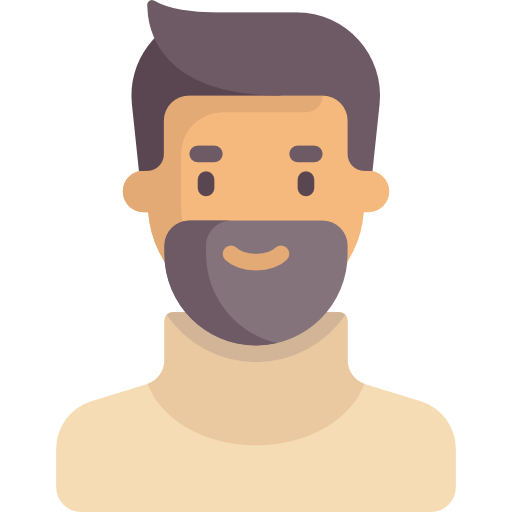
Alex is a graphic designer but is interested in transitioning to a UX designer role within the next two years. He has several years of experience in graphic design and a solid understanding of design principles, but no formal education.
Quiz
Which of the following actions would help Alex achieve their goal? Select all that apply:
What opportunities are out there for a UX designer?
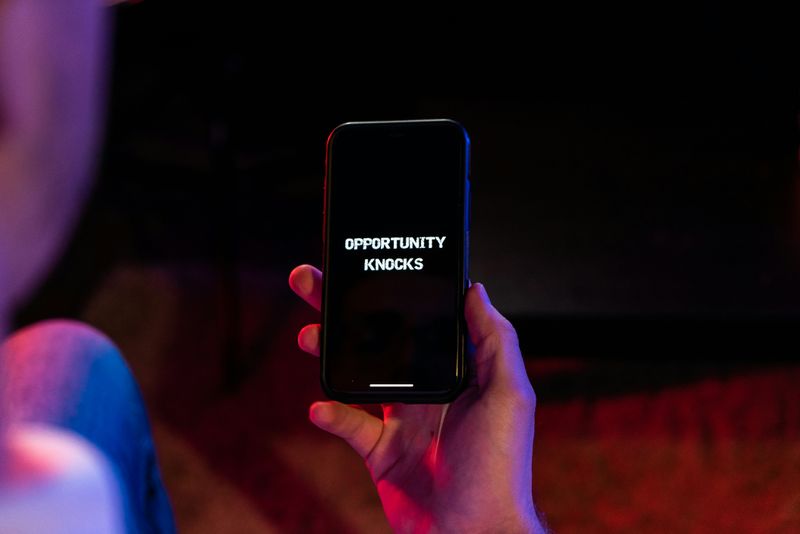 Photo by Dylan McLeod on Unsplash
Photo by Dylan McLeod on UnsplashYou can move from a rookie entry-level UX designer to a goat status, Vice President of UX Design. Imagine a career with 11 levels of growth, or you can also try being a freelancer.
Pay trajectory for UX designer jobs
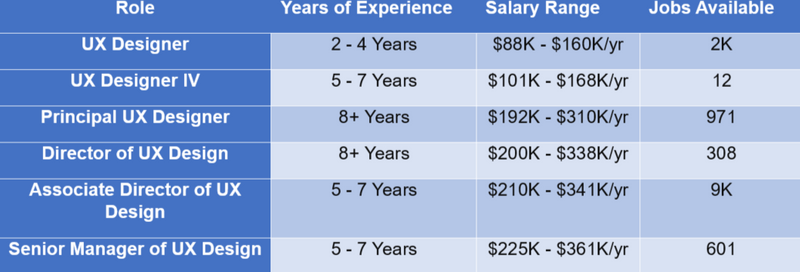 Image created in Microsft Word by Marko Scantlebury, with information taken from Glassdoor.com. To access an audio description of the chart above, click the play button on the audio player below:
Image created in Microsft Word by Marko Scantlebury, with information taken from Glassdoor.com. To access an audio description of the chart above, click the play button on the audio player below:
Alternate UX careers
UX researcher: conducts user research to inform design decisions. 🧐
UX strategist: develops long-term experience strategies. 🌐
Content strategist: manages content to meet user and business needs. 📝
Why networking is vital?
 Photo by The Jopwell Collection on Unsplash
Photo by The Jopwell Collection on UnsplashConnections can help you gain job opportunities and experience. They build strong social dynamics that shape your college and professional career.

Who should be in your network?
Based on your networking goals, you are considering studying UX design, so connect with people in the field.
Align with individuals who match your UX design goals, like:
UX designers, writers, and researchers 🎨
Product and project managers 📊
Industry thought leaders 🌟
Recruiters and hiring managers 💼
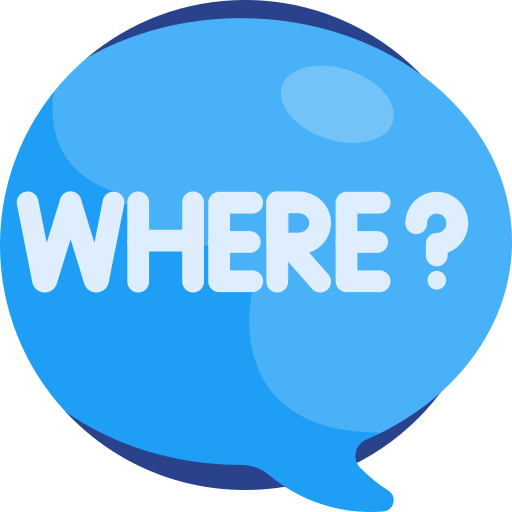
Where to network?
You begin with:
Joining UX communities like Designlabs or Design Buddies.
Connecting with professionals on LinkedIn, Facebook, or Discord.
Attending webinars or conferences like AIGA or Brainstaion.io.
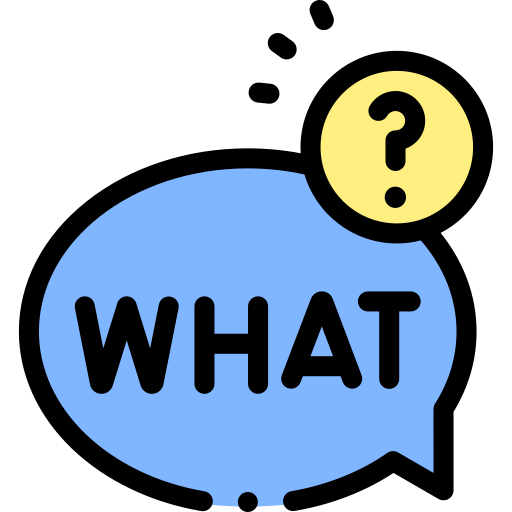
What should I say when reaching out?
Introduce yourself.
State why you want to connect with them.
Engage with their content and share resources.
Book a short discovery talk.
Invite them out for coffee or lunch.
Be genuine and transparent.
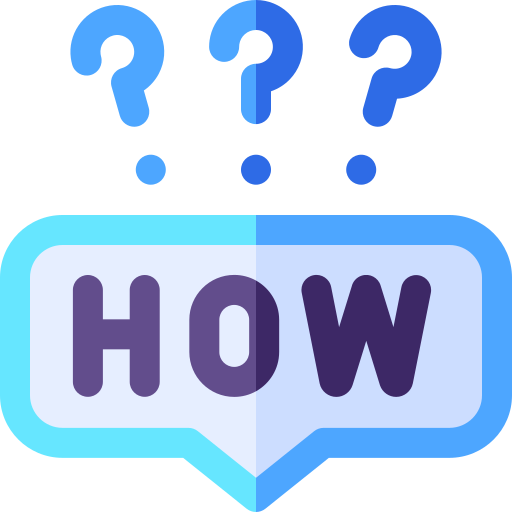
How do I maintain connections?
Networking is about relationships. Reach out to your network periodically, whether to engage with their content or congratulate them on a promotion.
People appreciate it when you connect with them on a human level instead of only contacting them when you need help.
Provide value to receive value!
Take Action
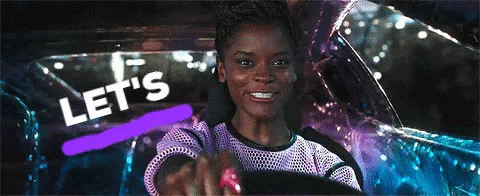
Still interested in UX design?
Your feedback matters to us.
This Byte helped me better understand the topic.
